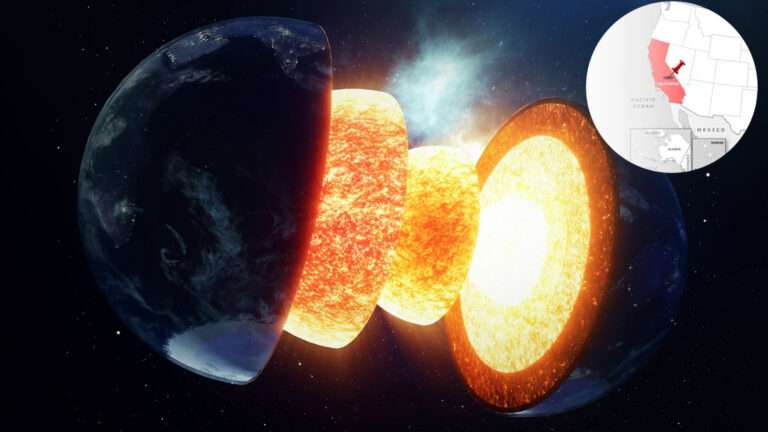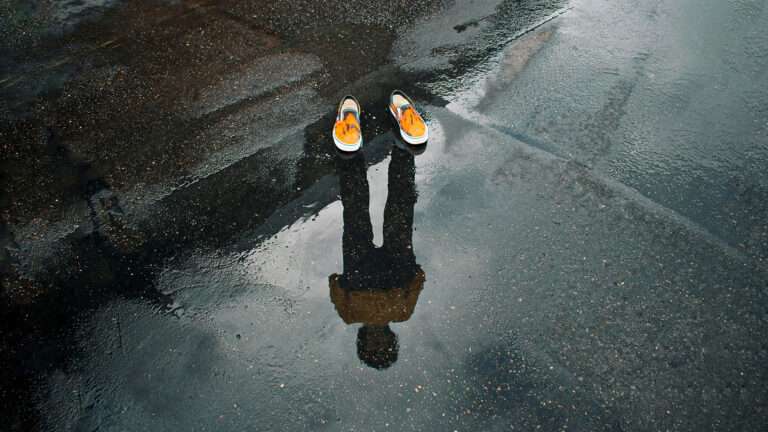The Mystery of Gunung Padang, Is It a Man-Made Pyramid or Nature’s Creation?
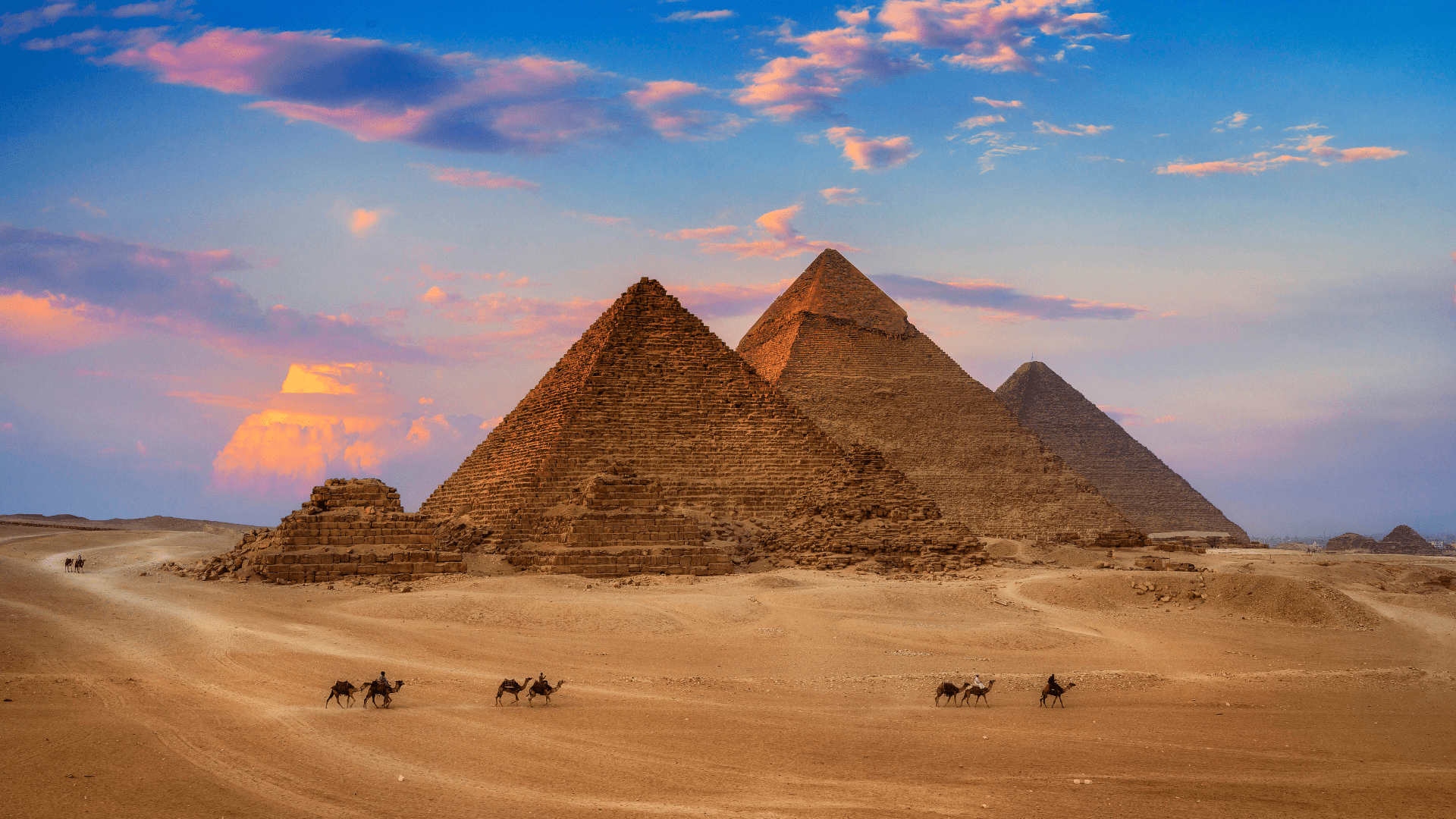
The Djoser Step Pyramid, often hailed as the world’s oldest pyramid, has long been a symbol of ancient Egyptian engineering, built around 2,630 BC. But recent findings have raised an intriguing question: What if the world’s oldest pyramid isn’t Egyptian at all? Some archaeologists are now suggesting that the Gunung Padang site in Indonesia, dating back to 25,000 BC, could be even older. However, the discovery has sparked heated debates about whether the site was truly man-made—or if it could have formed naturally.
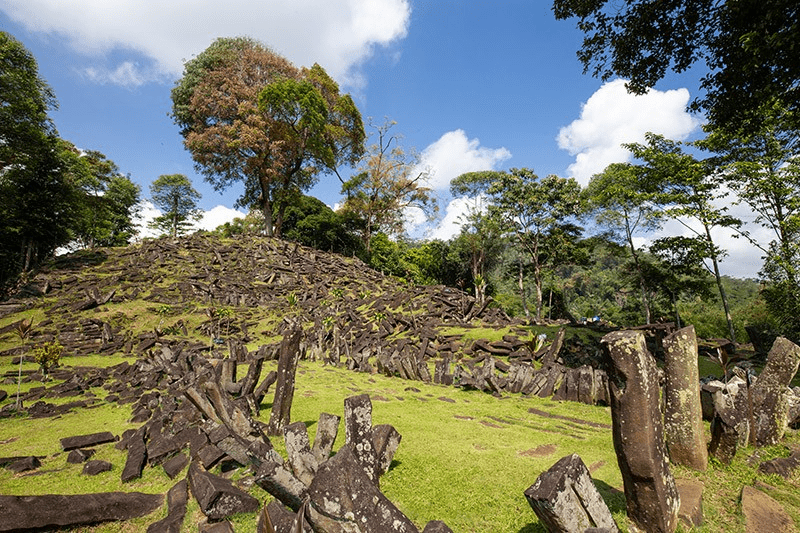
The Gunung Padang Controversy
In 2014, a paper published in Archaeological Prospection proposed that Gunung Padang, located in West Java, Indonesia, was the world’s oldest pyramid. Researchers suggested that the site’s origins date back to a staggering 25,000 BC, far predating the Djoser Pyramid. This would rewrite history, challenging the conventional timeline of human civilization and construction. The authors claimed that the pyramid may have started as a natural lava hill, which was later sculpted and “architecturally enveloped” by early humans.
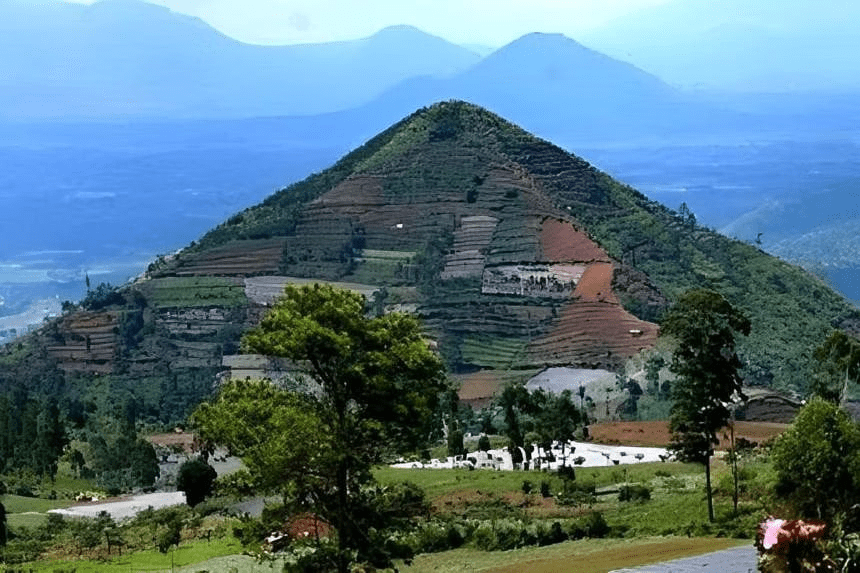
Credits: Arkeonews
The paper proposed that the discovery of Gunung Padang highlights “advanced masonry skills” from a time long before the rise of agriculture. It suggested that sites like Gunung Padang and Gobekli Tepe in Turkey indicate that advanced building techniques were already being utilized thousands of years before agriculture began. These findings challenge the conventional timeline of human civilization, suggesting that early humans possessed more sophisticated construction methods than previously thought. The study implied that such advancements in masonry could have played a significant role in shaping ancient societies long before the advent of farming.
Skepticism and Doubts
Despite the bold claims, the paper sparked skepticism within the academic community. Some experts were quick to challenge the assertion that Gunung Padang was man-made. Flint Dibble, an archaeologist at Cardiff University, expressed doubts about the paper’s conclusions. He pointed out that natural processes could explain the site’s features, suggesting that “material rolling down a hill” could create the appearance of human-made construction without any actual intervention. Dibble compared the situation to a hypothetical scenario where soil samples taken near the Palace of Westminster could be misinterpreted as evidence of an ancient civilization, even though the building itself was constructed much later.
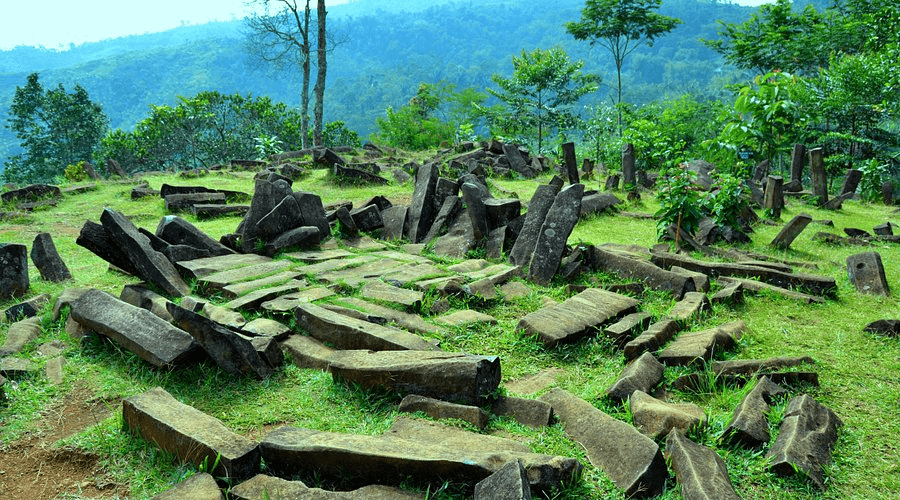
Further skepticism came from Bill Farley, an archaeologist at Southern Connecticut State University, who noted that the soil samples taken from Gunung Padang did not show any clear signs of human activity, such as charcoal or bone fragments. He argued that while the soil was dated to around 27,000 years ago, it didn’t support the theory of an ancient pyramid.
Retraction of the Paper
The debate grew so heated that the editors of Archaeological Prospection launched an investigation into the paper’s findings. After reviewing the evidence, they decided to retract the article, stating that the soil samples taken did not support the claim of a pyramid. The retraction also emphasized that there were no man-made artifacts found at the site to suggest human construction.
Professor Danny Hilman Natawidjaja, the lead author of the paper, expressed his disappointment at the retraction, calling it an act of “severe censorship.” He argued that the retraction disregarded the principles of scientific inquiry and fairness in academic discourse.
What’s Next for Gunung Padang?
The debate over Gunung Padang’s true origins remains unresolved. While the retracted paper may have caused controversy, it has undoubtedly sparked wider interest in the site and its mysteries. The possibility that Gunung Padang could be an ancient, man-made pyramid—or a natural formation—is still a subject of intense discussion within the archaeological community.
For now, the question remains: Could the world’s oldest pyramid be hidden in plain sight, waiting to reveal its secrets? Only time—and further research—will tell.


